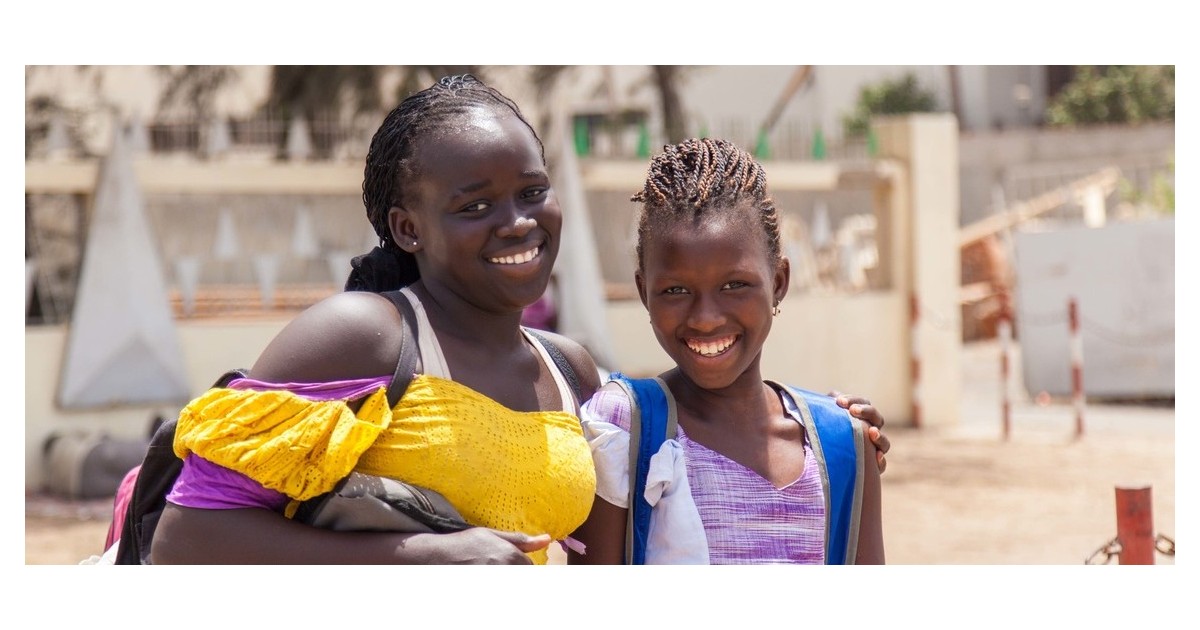
Three lessons on investing in adolescent girls
As the world marks the International Day of the Girl, the question before us is clear: How do we turn rhetoric into results? Adolescents make up 16% of the global population—a powerful demographic poised to shape the future. Yet adolescence remains a make-or-break period, and girls continue to face systemic barriers that hold them back. By removing these barriers, countries can unlock stronger economies, create better jobs, and build more prosperous and inclusive societies. Globally, adolescent girls are:
- Twice as likely as boys to be out of education, employment, or training;
- Half as likely to access the internet, limiting digital learning and job opportunities;
- One in five marry before age 18, with many facing female genital mutilation and intimate partner violence; and
- At high risk of anemia, malnutrition, and maternal health complications.
The time for problem-mapping has passed. The evidence is here, and the solutions are working. The task now is to scale what works, adapt to context, and put girls at the center of decision-making. Three lessons stand out.
1. Scale evidence-based, multi-sectoral solutions
Cost-effective approaches that span education, health, social protection, labor, and social development deliver the strongest results. “Cash-plus” programs, safe-space clubs, and education grants combine to keep girls in school, while also equipping them with sexual reproductive health education, life skills, financial literacy, and digital and STEM competencies. These interventions empower girls to make informed choices, transition safely to adulthood, and engage productively in economic and civic life.
For example, the World Bank-financed East Africa Girls Empowerment and Resilience (EAGER) program is directly supporting over 2 million girls to stay in or return to school and enabling 160,000 women to increase their productivity to thrive in current and future labor markets. In this first year of implementation, EAGER has already reached over 600,000 girls to stay in school through provision of in-kind benefits such as school uniforms and engaged over 2 million community members including men and boys in sensitization campaign to address harmful social norms. Such integrated approaches can boost school retention, educational attainment, improve health outcomes and advance pathways to employment.
The payoff is massive. Recent estimates from the Africa Gender Innovation Lab reveal that investing in adolescent girls in Africa alone could unlock $2.4 trillion in cumulative gains.
2. Dismantle structural barriers head-on
Programs that succeed don’t just provide opportunities—they also address the structural and social barriers that keep girls from seizing them. This means offering safe transport, childcare, and culturally relevant curricula, while also working directly with families and communities to shift harmful norms. Programs that identify and tackle harmful norms head-on—through behavioral science-informed campaigns, family and community engagement, and culturally adapted messaging—can have deeper and more sustainable results.
The Adolescent Girls Initiative for Learning and Empowerment (AGILE) program in Nigeria shows the power of this approach. Through a variety of multisectoral interventions, including communication campaigns to shift social norms, AGILE has 1.6 million girls enrolled in secondary school, 450,000 girls with enhanced learning quality, and 1.2 million out-of-school girls benefitting from non-formal education. Today, AGILE is scaling across 18 states in Nigeria, proving that context-sensitive, adaptive programming—backed by government commitment—can deliver transformation at scale.
3. Put girls at the center as agents of change
Girls are not just beneficiaries—they are co-creators of solutions. Programs are more effective when girls themselves shape design and delivery. This builds trust, ensures relevance, and strengthens leadership pipelines for the future. In Mozambique and Zimbabwe, recent work revealed what women want in education, employment, marriage, and fertility decisions. Listening to girls directly and acting on their aspirations makes interventions more impactful and sustainable while also building a strong leadership pipeline among girls across sectors
When girls are engaged as active participants, interventions in frontier areas such as digital skills and green jobs see higher uptake and longer-lasting impact.
The challenges facing adolescent girls are grave—but the solutions are clear, and the returns are measurable. By addressing the unique barriers adolescent girls face, we can unlock better jobs, stronger economies, and inclusive prosperity for all. Now is the time to act boldly and scale relentlessly.
This blog was meaningfully informed by World Bank’s ongoing collaboration with UNICEF on the adolescent girls agenda and their forthcoming paper, Investing in Adolescent Girls Works – We Can’t Afford to Stop Now. The paper, by Lauren Rumble, Suzanne Petroni, Lucie Cluver, Chernor Bah, and Fanta Toure-Puri, is pending publication in the Lancet Journal of Child and Adolescent Health.

